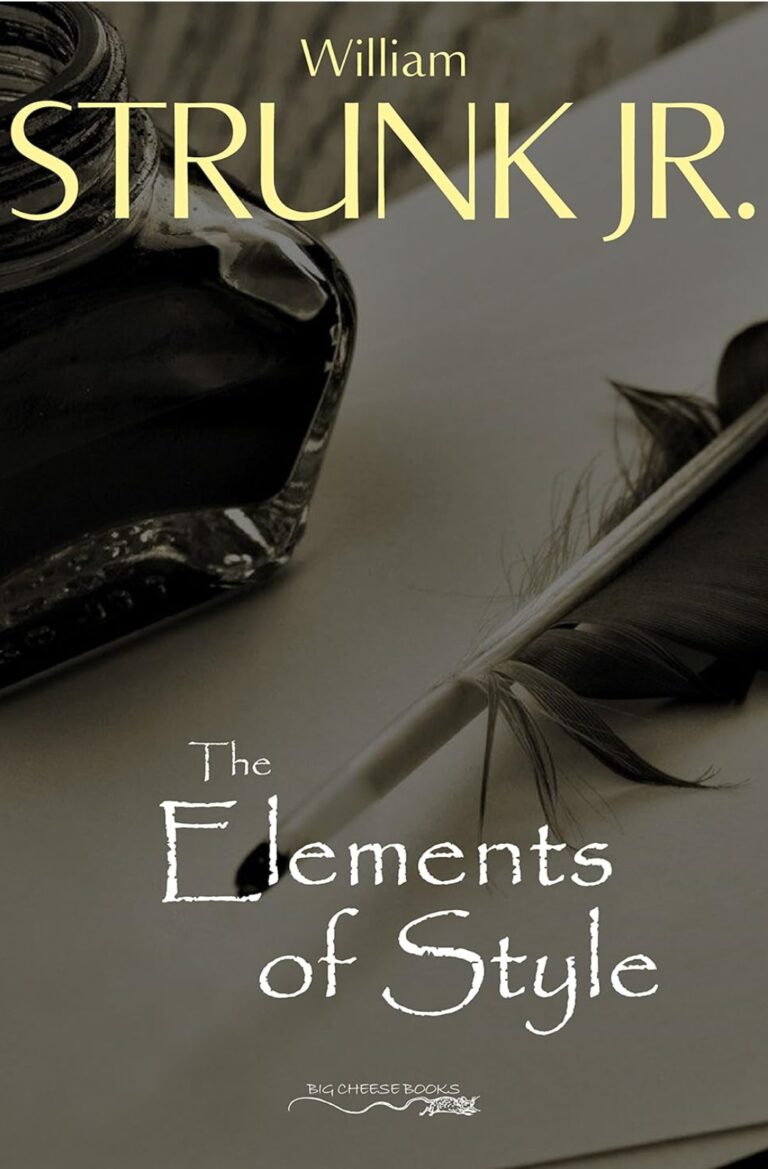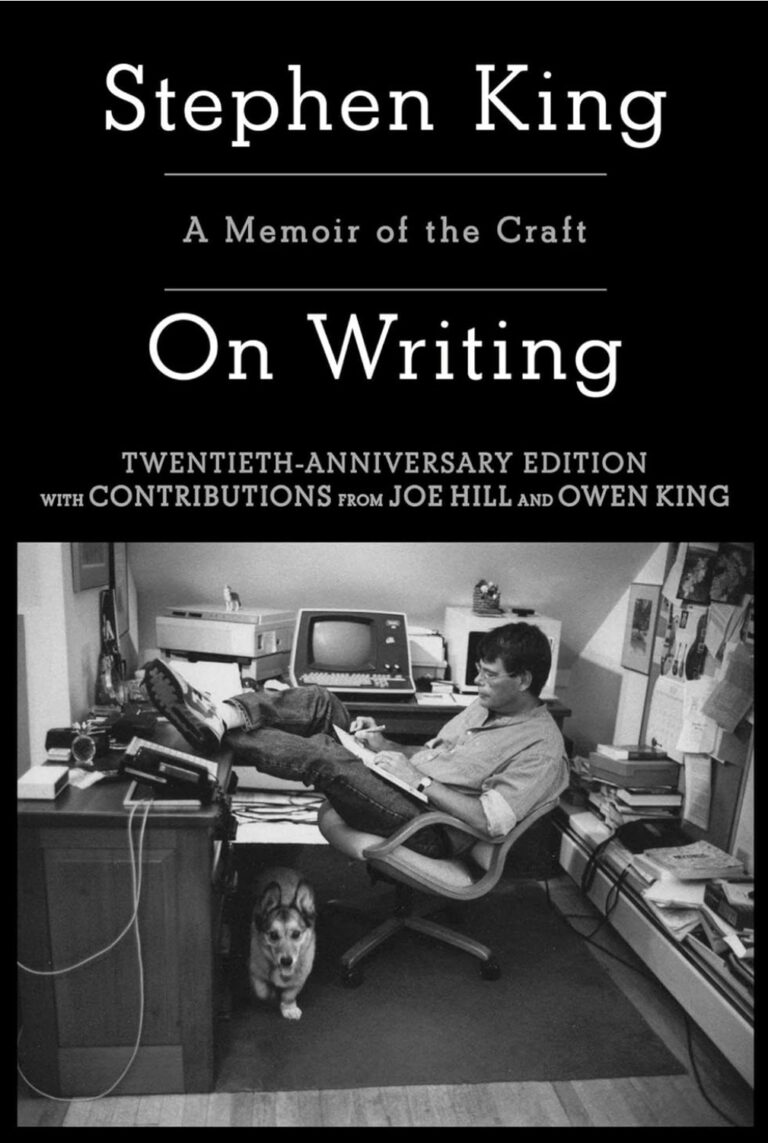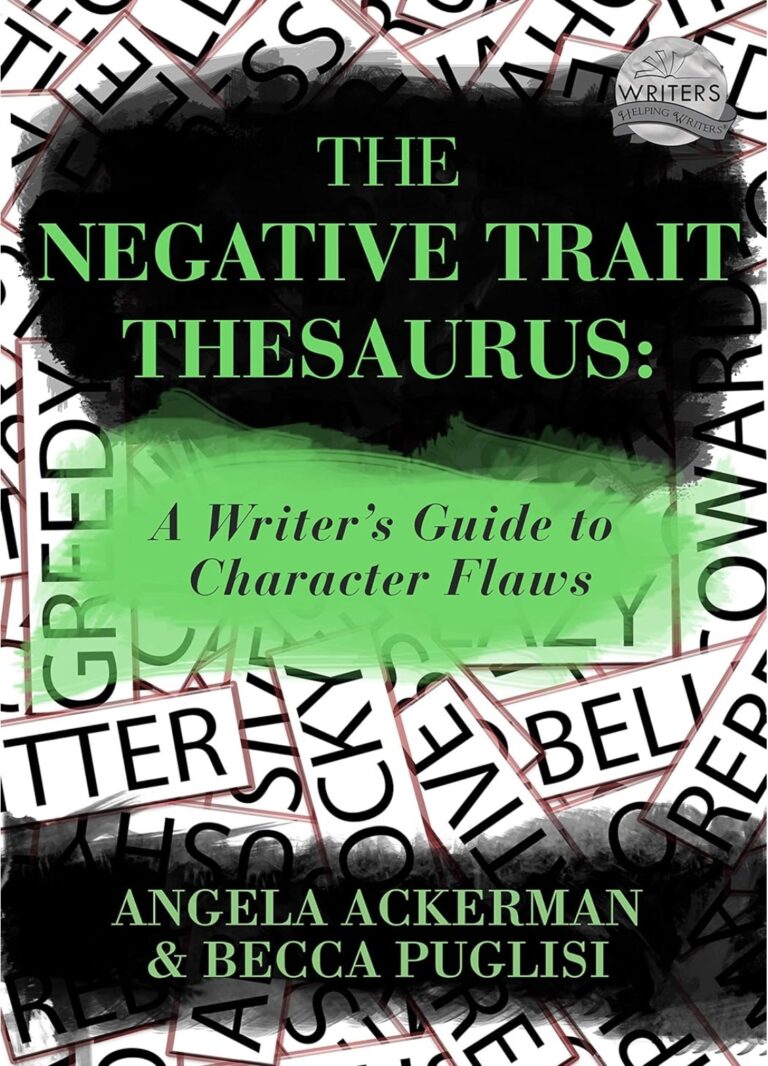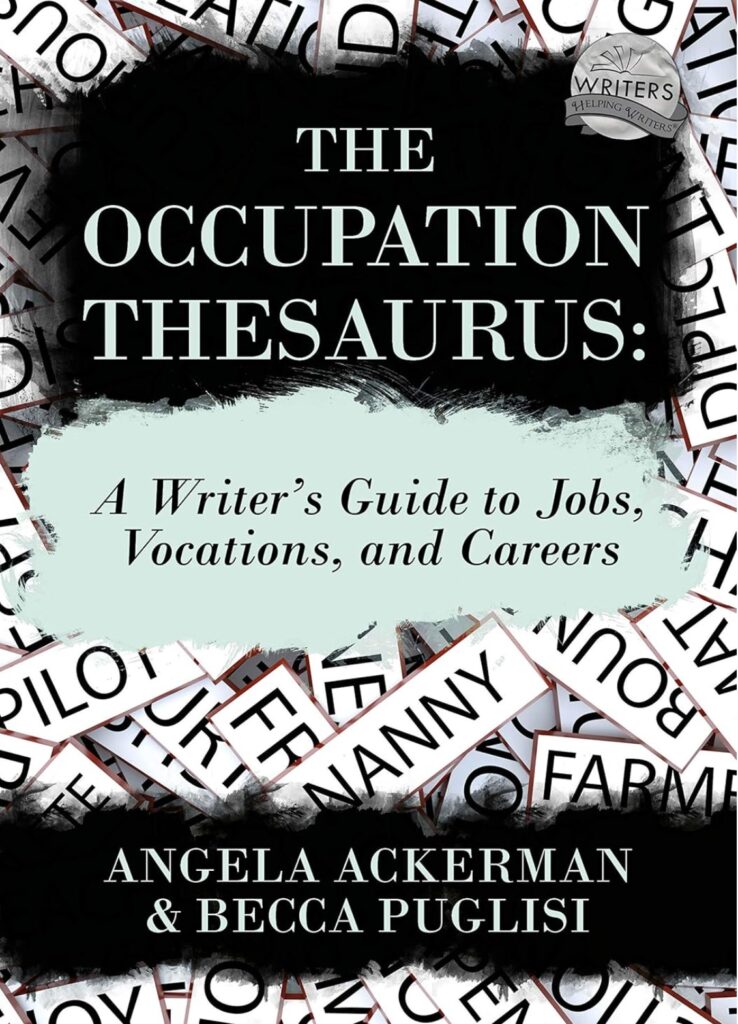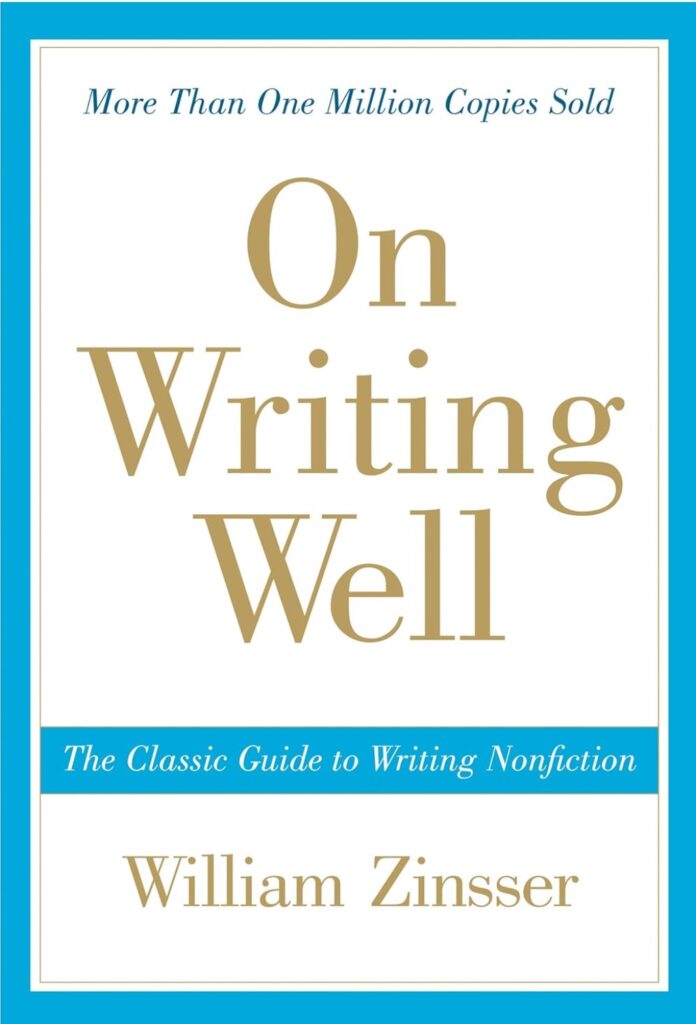As a romance author who specializes in insta-love stories with aliens and paranormal creatures, I’m always seeking ways to enhance my craft. The Science of Storytelling: Why Stories Make Us Human and How to Tell Them Better by Will Storr has been a transformative resource.
This book delves into the psychological foundations of storytelling, offering practical insights to create compelling narratives. Storr’s emphasis on character development and emotional resonance is invaluable.
Discover how Storr’s blend of scientific understanding and practical advice can elevate your writing, making your stories more engaging and impactful.
Table of Contents
ToggleUnderstanding the Psychology of Storytelling
The Human Connection to Stories
In my experience, understanding why stories resonate with readers on a deep, emotional level is crucial for crafting compelling narratives.
The Science of Storytelling explores the idea that stories are fundamental to the human experience. Storr explains how our brains are wired to respond to stories, making them an essential tool for communication and connection.
I’ve read the book and applied Storr’s insights to create more emotionally resonant characters in my insta-love romances.
For example, in a story I wrote about a human falling in love with a vampire, I used the concept of shared human experiences to deepen their connection.
By focusing on universal themes of love, loss, and redemption, I was able to create a story that felt both relatable and unique.
The Neuroscience of Emotion
One of the standout features of The Science of Storytelling is its exploration of the neuroscience behind storytelling.
Storr delves into how stories activate certain areas of the brain, eliciting emotional responses and fostering empathy.
This scientific approach has helped me understand the mechanics of storytelling on a deeper level.
I’ve applied what I learned from the book to enhance the emotional impact of my stories.
In a novella I wrote featuring a werewolf and a human, I used Storr’s principles to create scenes that evoked strong emotional reactions from readers.
By understanding how to trigger specific emotions, I was able to craft a more engaging and immersive narrative.
Crafting Compelling Characters
The Importance of Flaws
Storr emphasizes the importance of creating flawed characters, as these imperfections make them more relatable and interesting.
He argues that characters without flaws are less likely to evoke empathy from readers, making them less compelling.
I’ve read the book and used this advice to develop richer, more complex characters in my stories. In a novella I write about a minotaur struggling to fit into human society, I focused on his insecurities and internal conflicts.
This approach not only made him more relatable but also added depth to his character arc, making his journey towards acceptance and love more satisfying for readers.
Motivations and Desires
Understanding a character’s motivations and desires is key to creating a believable and engaging story. Storr provides practical advice on how to identify and develop these aspects, ensuring that characters are driven by clear, compelling goals.
I’ve applied what I learned from the book to create more dynamic characters with strong motivations. In a story I wrote about an alien diplomat, I delved into his desire to bridge the gap between his world and Earth.
This motivation drove his actions and decisions throughout the story, adding layers of complexity and intrigue.
Structuring Your Story
The Power of Story Arcs
Storr discusses the importance of well-structured story arcs, explaining how they help maintain tension and keep readers engaged.
He provides a detailed breakdown of different types of arcs and their impact on the narrative.
I’ve read the book and used its insights to improve the pacing and structure of my stories.
In a novella I write about a ghost, I focused on creating a compelling arc that kept readers invested from beginning to end.
By carefully planning the rise and fall of tension, I was able to create a more engaging and satisfying story.
Creating a Strong Beginning
The beginning of a story is crucial for capturing readers’ attention and setting the tone for the rest of the narrative.
Storr offers practical tips on how to create strong, memorable openings that draw readers in.
I’ve applied what I learned from the book to craft more impactful openings.
In a story I wrote about a human falling in love with an alien, I started with a dramatic and emotional scene that immediately grabbed the reader’s attention.
This approach helped establish the stakes and set the stage for the rest of the story.
Enhancing Emotional Impact
Using Conflict and Resolution
Conflict is at the heart of any compelling story. Storr emphasizes the importance of creating meaningful conflict that drives the narrative and challenges the characters.
He also discusses the importance of resolution and how it provides closure for readers.
I’ve read the book and used its advice to create more impactful conflicts in my stories.
In a novella I write about a human and a werewolf, I introduced a series of escalating conflicts that tested their relationship and forced them to grow.
This approach not only added tension but also made the resolution more satisfying.
Evoking Empathy
One of the most powerful tools in a writer’s arsenal is the ability to evoke empathy. Storr explains how to create characters and situations that resonate with readers on an emotional level, fostering a deep connection.
I’ve applied what I learned from the book to enhance the emotional depth of my stories.
In a novella I wrote about a ghost seeking redemption, I focused on creating scenes that elicited empathy and compassion from readers.
This not only made the character more relatable but also added emotional weight to the narrative.
Final Thoughts
The Science of Storytelling: Why Stories Make Us Human and How to Tell Them Better by Will Storr is an essential resource for any writer looking to deepen their understanding of storytelling.
The book’s blend of psychological insights and practical advice provides a comprehensive guide to creating compelling, emotionally resonant narratives.
I’ve personally tried and used the techniques from this book in numerous stories and articles, enhancing my writing and connecting more deeply with my readers.
For anyone writing romance, especially within the realms of supernatural and paranormal, this book is a valuable addition to your writer’s toolkit.
It not only helps in understanding the science behind storytelling but also in applying these principles to create more engaging and impactful stories.
If you’re looking to elevate your writing and create stories that linger in the hearts and minds of your readers, I highly recommend The Science of Storytelling.
It’s a resource that I return to time and time again, and it has become a cornerstone of my writing process.
Happy writing!



